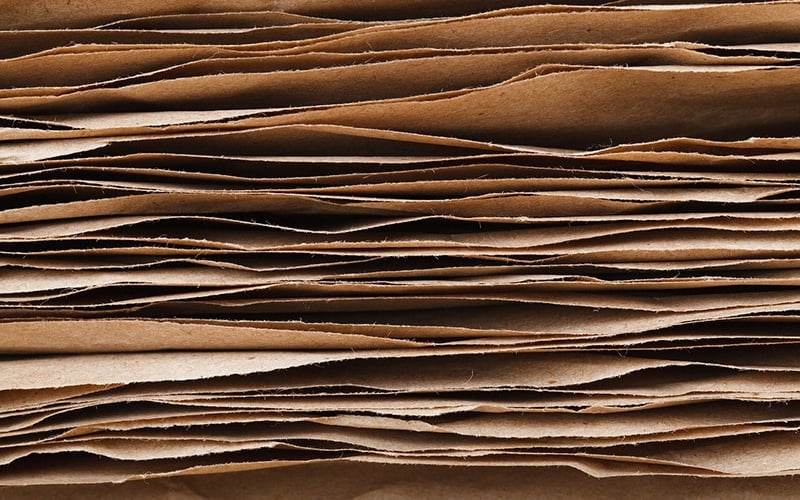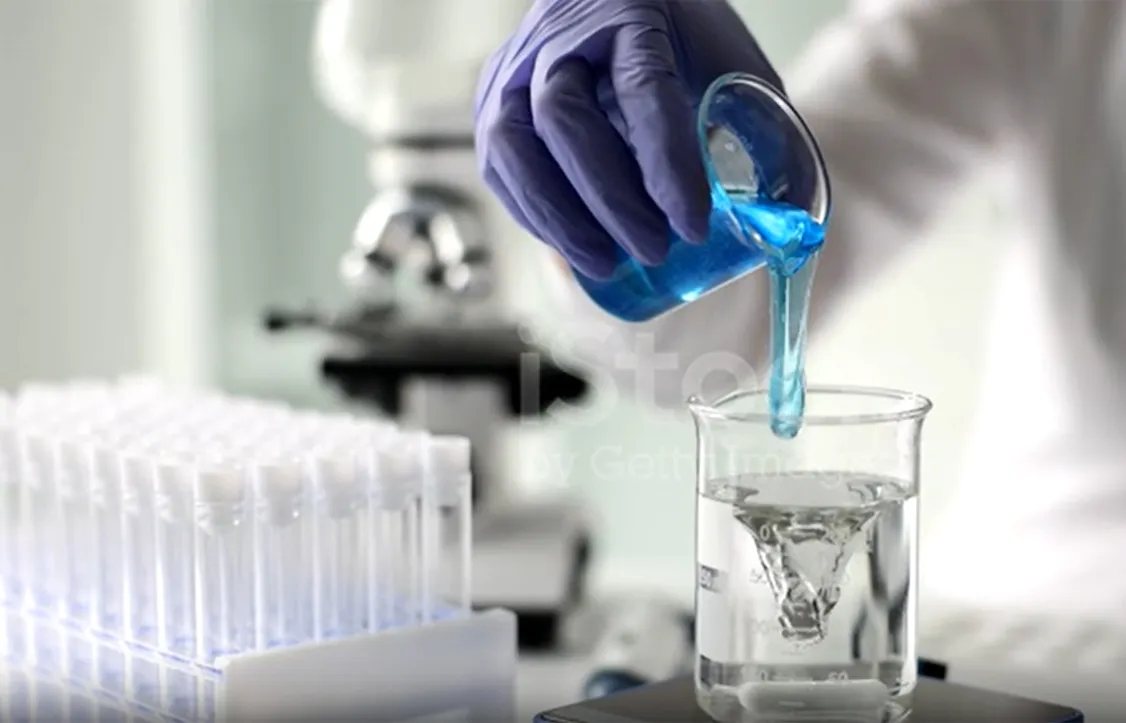
6 Versatile Applications of Latex Compounds
Latex is a commonly used term for a dispersion/emulsion of a polymer in water. A wide range of polymers are available as latices. Latex can be combined with other chemicals e.g. flame retardants. The properties of latex make it a versatile raw material for multiple processes in a wide range of applications. It’s important to be well versed in the numerous benefits and applications of all the different types of latex that are available nowadays so that you can use these unique materials more effectively.
1. Prevulcanised Latex Compounds For Dipping
Prevulcanised latex compounds are used for mould making. Dipping is the process of transferring a rubber film onto a mould to achieve the desired shape. Gloves, garden ornaments, surgical sundries, balloons, toys, bottle teats, boots and rubber shoes can all be produced using dipping latex. Higher viscosity prevulcanised latex can be painted onto forms to make a mould. Prevulcanised latex can be dried at room temperatures of up to 70oC.
2. Latex Compounds For Carpet Manufacture
In the manufacturing of carpets, and especially of tufted carpets, one of the main criteria of high quality is the ability of the carpet to keep its shape and resist pile filaments from being pulled. This property is known as tuft bind or a tuft-pull. The higher the tuft-bind value is, the better the quality of a carpet.
If you have traditional carpets at home, you probably know that the pile can get separated from the backing, which leads to individual tufts being exposed. This characteristic is measured in delamination strength and the higher it is, the longer a carpet will look new and the longer it will last.
In order to avoid these two problems, manufacturers can laminate carpet pile to carpet backing by applying a latex compound to the surfaces of the piles and the backing. When two surfaces are brought together, they are nipped and then the carpet is passed through large ovens to dry and cross-link the compound. As a result of applying the latex compound the lamination process compresses the rug pile to the rug backing. Carpets treated with latex compounds have higher tuft-bind value and delamination strength, which means they serve longer and keep their shape better.
3. Latex Compounds For Textiles
Latex compounds are widely used in textiles in order to increase their resilience, handle, aging resistance, abrasion resistance, dimensional stability and mechanical strength. Latex compounds are also used to make furnishing fabrics flame retardant e.g. to meet UK Fire Furnishing Regulations. Waxes can be added to latex compounds which are then applied to textiles in order to improve water repellency. Fungicides can be added to latex compounds used for tent and marquees preventing mould growth.
4. Latex Compounds For Mattress Pillow Manufacture
Natural rubber latex compounds are used to make mattresses. Such mattresses are soft, flexible and resilient. Latex mattresses and pillows are highly valued for their comfort. Mattresses made from latex are a popular choice for eco-shoppers as latex is a natural and sustainable material sourced from rubber trees.
As a material, latex is very soft but supportive, which makes it a popular choice for use in pillows, toppers, crib mattresses, and all types of bedding. Thanks to its high elasticity, it provides a unique ‘bounce back’ feeling and gently pushes back on the parts of your body that push down when you sleep.
Latex provides support, responding to all your movement and relieving pressure points while you sleep. All these properties make latex compounds a great choice for everyone looking for the “get up and go!” feeling in the morning.
The quality known as responsiveness gives different mattresses different speeds at which they spring back from being compressed by the weight of a body. It is an important property for the mitigation of pressure. Unlike traditional mattresses or memory foam mattresses, latex ones are more responsive. They quickly conform to your body shape.
5. Latex Compounds For Packaging
Compounds based on latex are used to make cold seal adhesives which are used in packaging applications. If you examine a typical confectionary bar you will see that the packaging is sealed at each end and along the base. Cold seal adhesive compounds are primarily based on natural rubber latex. Natural rubber exhibits a unique property known as auto-adhesion. When thin films or coatings of natural rubber are compressed together a bond is formed. Heat is not needed for this to process - hence the term cold seal adhesive.
6. Latex Compounds For Construction
Latex compounds coalesce to form a polymer film that is highly resistant to water and air. These properties make latex extremely important for a huge range of construction applications. These compounds play an important role in binding materials, enhancing the adhesion and strength of cement, concrete and foam insulation.
To learn more about applications for latex compounds give us a call today and we’ll be happy to help!


